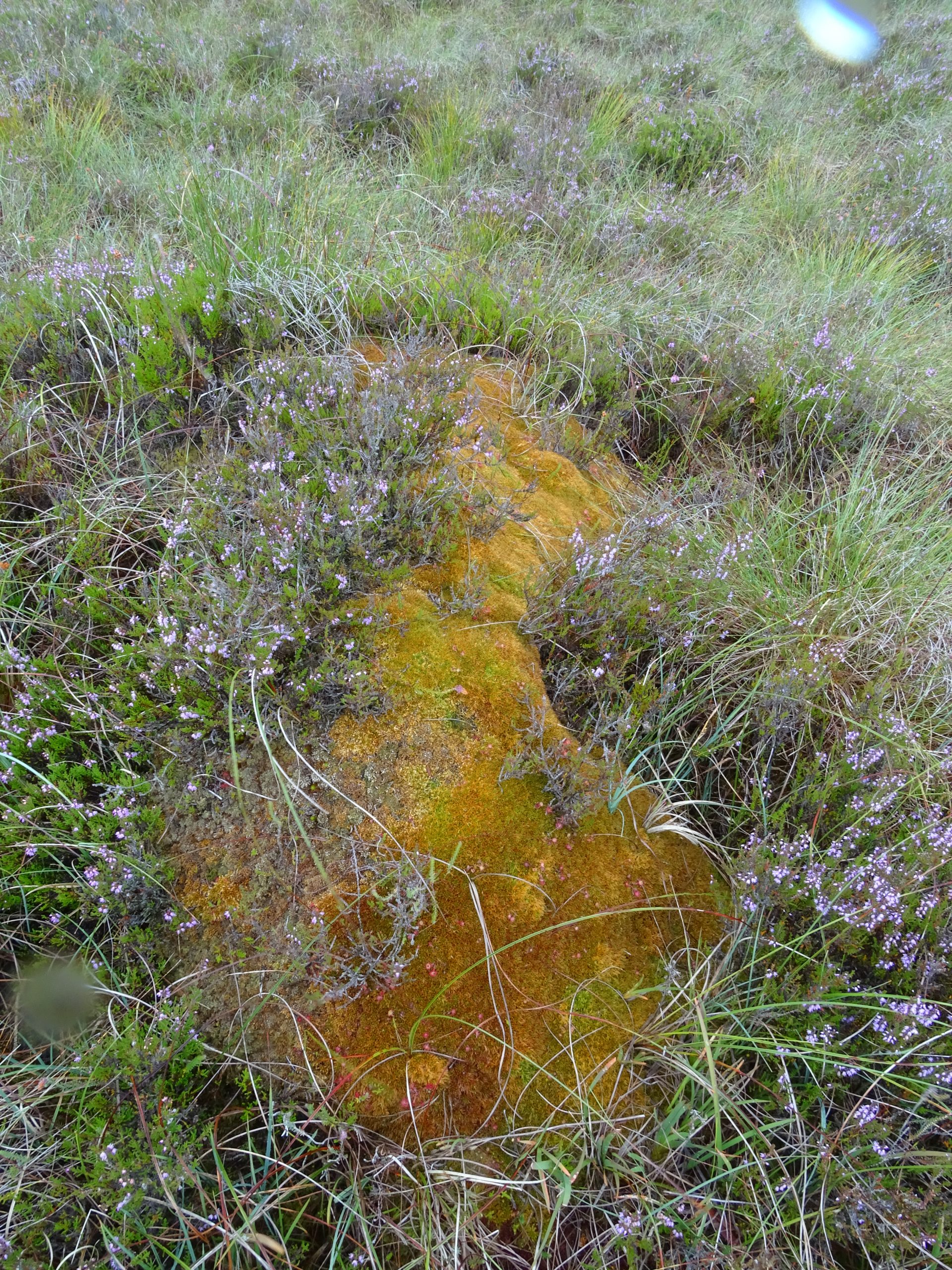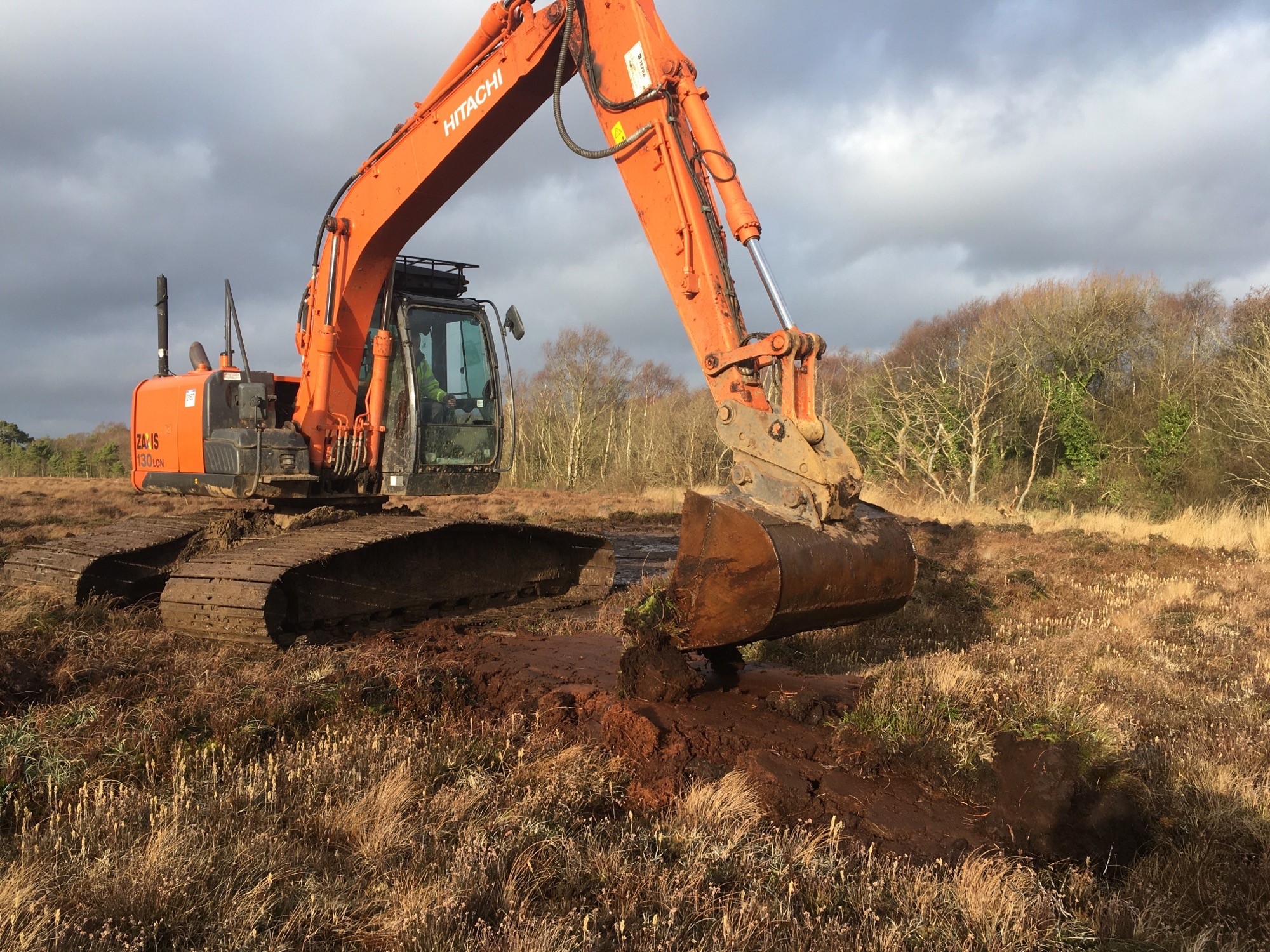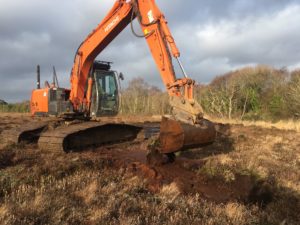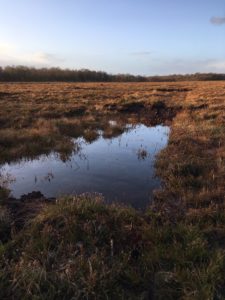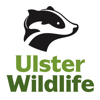CANN is tackling global climate change by re-wetting local bogs across Northern Ireland. Garry Bog, Peatlands Park and Moneygal Bog are targets for the next tranche of work this autumn. Local action for global benefit.
First to be tackled is Moneygal near Castlederg and next week heavy machinery will move onto the bog to block old drains and help to re-wet this internationally important habitat so that it starts to function as an actively growing bog again. The rejuvenated bog will be rich in biodiversity and will also capture and keep carbon out of the atmosphere helping Northern Ireland do its bit towards national climate change obligations.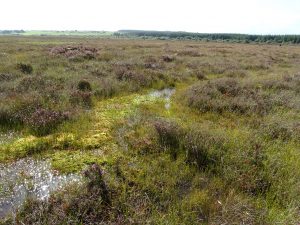
“Years ago, Moneygal Bog was drained so that it could be cut for turf and planted with conifers and those drains have continued to carry water off the site causing it to slowly dry out. Now the CANN project has allowed us to actively restore this bog and many others across Northern Ireland, Ireland and Western Scotland,” said Simon Gray from Ulster Wildlife
Moneygal Bog, which is a Special Area of Conservation and National Nature Reserve, is one of eight raised bogs across Northern Ireland included in the project.
“Although protected, all these bogs are in poor condition, mostly because they have dried out and the important peat-building Sphagnum mosses cannot grow. Blocking drains is the quickest and most effective way of reversing that trend,” Simon continued.
“We work with hydrologists at the RPS Group who pinpoint exactly where to block drains to get the most impact. We monitor the water table monthly and will keep a watching eye on levels after the drains have been blocked.
“We need the water to be within 10 cm of the surface for 90% of the year and blocking the drains is the only way this will happen. A healthy wet bog is excellent at capturing carbon and bog restoration is a key tool in our work to tackle climate change.
Ulster Wildlife has also removed over 10ha of invasive conifers and scrub from the bog this year. The re-wetting will help stop further invasion.
Moneygal Bog is owned by the Northern Ireland Forest Service. Ciaran Cassidy, Forest Stewardship Officer, said:
“We are delighted to see active conservation on this very important site and have worked closely with Ulster Wildlife and the CANN project to allow this to happen.”

